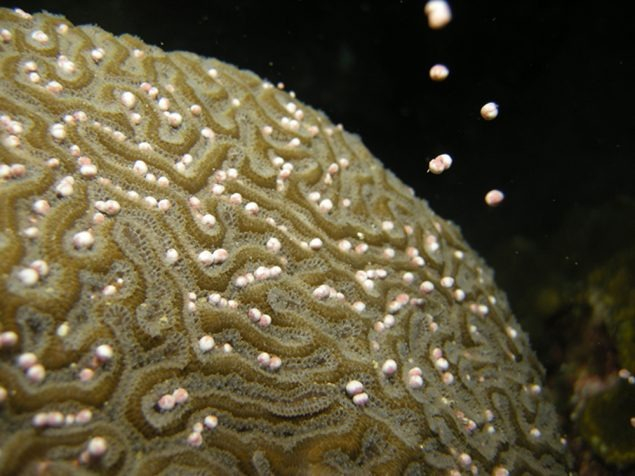Corals
The coral reef is the most interesting animal laying eggs. During a two-day period each year, a single coral can generate and release millions of eggs. However, because many filter-feeders come to feast on the eggs and larvae, this is called a "risky" reproductive method. Each coral releases millions of potential babies, but only about two will survive to adulthood.
Reproduction in coral reefs is both asexual and sexual. Asexual reproduction occurs in corals through budding or fragmentation. New polyps "bud" off from parent polyps to generate new colonies by budding. When a colony fragments, the entire colony (not just a polyp) splits off to establish a new colony. Some coral species, such as Brain and Star coral, generate both sperm and eggs at the same time during sexual reproduction. Other corals, such as Elkhorn and Boulder corals, generate only sperm whereas all polyps in another colony produce only eggs.
All stony corals produce male and/or female gametes in about 75 percent of cases. The vast majority of these species broadcast spawn, dispersing enormous quantities of eggs and sperm into the water to disperse their young across a wide area. Planulae, free-floating or planktonic larvae, are created when the sperm and eggs combine.











